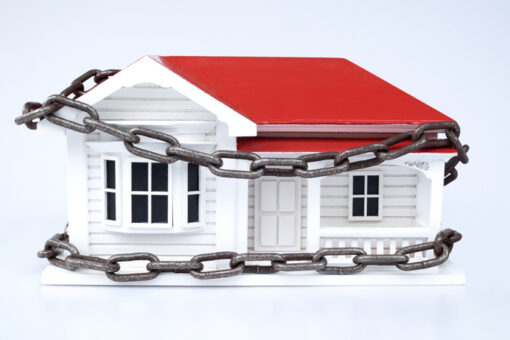There are many potential rules you could have to follow if you are put on home confinement in California. This could include random check-ins by a probation officer, wearing an ankle monitor around the clock, no drugs or alcohol, no leaving the house without prior consent, and a nighttime curfew are five frequent regulations of home confinement.
Depending on the offense and its severity, different regulations may apply. Violations of a home arrest regulation might result in prison time. Keep reading to learn about some of the most common rules and how they work. Contact Chambers Law Firm at 714-760-4088 to request a consultation with an experienced criminal defense attorney who will fight tirelessly for you.
Probation officer visits on a regular basis
A probation officer or parole officer will almost always pay you a visit if you’re under home arrest. These visits are intended to check that the other home arrest regulations are adhered to. Probation officials have the right to make unannounced visits in addition to planned appointments.
People on home detention may also be required to attend probation office meetings. They would be permitted to leave their residence to attend these sessions since they would have been scheduled in advance.
Constantly wearing an ankle monitor
House arrestees are nearly usually compelled to have a global positioning system (GPS) device with them at all times. An ankle bracelet is the most common sort of electronic monitoring device. They must be worn at all times, both at home and when the inmate is participating in pre-approved activities.
If the gadget ever leaves the property limits or the residence, the probation officer will be notified. Even without an arrest warrant, the probation officer can thereafter arrest the offender.
The ankle bracelet accounts for a large portion of the expense of being under home arrest. It is common for monitoring devices to cost more than $100 to set up. Then there’s the monitoring service’s daily fee, which may be as much as $50 per day. While some jurisdictions reimburse the expenses of house arrest for low-income persons, not all do.
It is against the regulations of house arrest to tamper with or remove the monitoring equipment. Violators may face the possibility of serving the remainder of their sentence in prison.
Not using drugs or drink alcohol
Inmates under home confinement must also refrain from narcotics and alcohol. This is especially prevalent if the home detention is related to a drug possession charge or a case of driving while intoxicated (DUI). During his or her regular or unexpected visits, the probation officer would usually check the residence for drugs or alcohol. To guarantee compliance, the officer might also insist that the offender take a random drug test.
However, in some situations, inmates will be required to wear a drug or alcohol detector in addition to their ankle bracelet. These are usually in the form of a skin-applied adhesive patch or a secure continuous remote alcohol monitoring (SCRAM) device. It would be against the rules of house arrest to tamper with or remove them.
If you have been put on house arrest, or are facing a charge that could have this income, contact Chambers Law Firm at 714-760-4088 for a free legal consultation.





